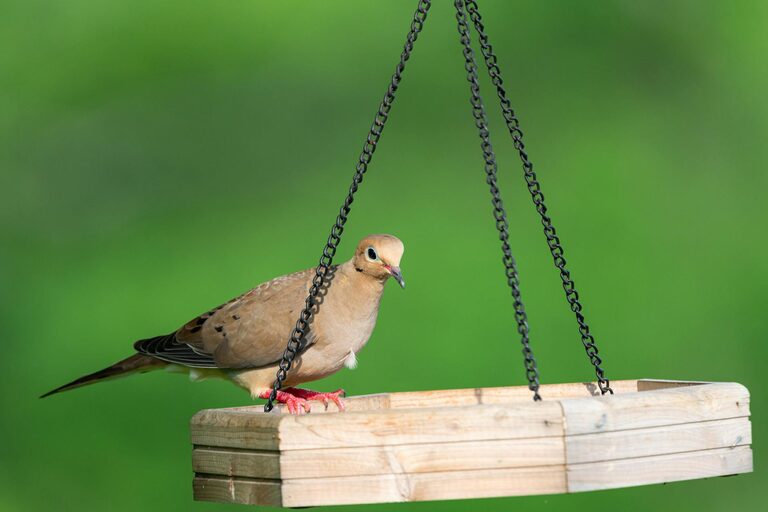Birdwatching is a rewarding and relaxing hobby that anyone can enjoy, whether you have a spacious garden or a small balcony. Observing birds in your backyard can help you connect with nature, learn about different species, and even reduce stress. If you’re new to birdwatching, this guide offers helpful tips to get you started on the right foot.
Why Backyard Birdwatching?
Before diving into the how-tos, it’s good to understand why backyard birdwatching is a great choice for beginners:
– Accessibility: You don’t need to travel far. Birds visit almost every neighborhood.
– Convenience: Watch birds from the comfort of your home.
– Learning opportunity: Backyard birds are often common species, perfect for identification practice.
– Environmentally friendly: Supporting local wildlife creates a healthier ecosystem.
Getting Started: Essentials for Backyard Birdwatching
1. Create a Bird-Friendly Space
Birds are more likely to visit if your yard offers food, shelter, and water. Here’s how to make your backyard inviting:
– Feeders: Start with simple feeders filled with birdseed suited to local birds, such as sunflower seeds or mixed seed blends. Tube feeders, platform feeders, and suet feeders attract different species.
– Water: A birdbath or shallow dish of clean water helps birds drink and bathe.
– Native Plants: Plant trees, shrubs, and flowers native to your area. They provide natural food sources like berries and insects, as well as shelter.
– Shelter: Leave some leaf litter, brush piles, or dense bushes for birds to hide and nest safely.
2. Get the Right Equipment
You don’t need expensive gear to enjoy birdwatching, but a few basic tools can enhance the experience:
– Binoculars: A lightweight pair with moderate magnification (6x to 8x) is ideal for clear views.
– Field Guide or App: Use a bird identification book or smartphone app to learn about species and their markings.
– Notebook or Journal: Record your sightings, noting date, species, and behavior. It’s a fun way to track your progress.
Tips for Successful Birdwatching
3. Be Patient and Quiet
Birds can be shy around noise and movement. Here’s how to avoid scaring them away:
– Move slowly and wear neutral colors that blend with the environment.
– Keep conversations low and avoid sudden gestures.
– Find a comfortable spot and stay still. Birds often return when they feel safe.
4. Watch at the Right Times
Birds are most active during early morning and late afternoon. Try to observe during these cooler, quieter parts of the day for the best sightings. Seasonal changes also affect which species appear in your yard.
5. Learn Bird Behavior
Understanding bird habits helps you predict where and when to look:
– Feeding patterns: Some birds prefer seeds, others feed on insects or nectar.
– Flight paths: Birds often use the same routes between feeding, shelter, and water.
– Social behaviors: Some species are solitary, while others visit in flocks.
6. Respect Wildlife
Always observe birds from a distance without disturbing their natural activities. Avoid touching nests or handling birds to keep them safe.
Identifying Backyard Birds: Start Simple
Begin by learning common birds in your area. Some typical backyard species include:
– Sparrows
– Finches
– Cardinals
– Blue Jays
– Chickadees
– Robins
Focus on key features like size, color patterns, beak shape, and calls. The more you practice, the easier identification becomes.
Keep Your Birdwatching Enjoyable
7. Track Your Progress
Use checklists or apps to log the types and numbers of birds you see. This adds a fun challenge and encourages regular observation.
8. Share the Experience
Invite family or friends to join you. Birdwatching can be a great bonding activity and a way to introduce others to nature.
9. Add Variety Over Time
As you gain confidence, try:
– Attracting different birds with specialized feeders (nectar for hummingbirds, mealworms for insect-eaters).
– Setting up a camera to capture photos for closer study.
– Connecting with local birdwatching groups or online communities.
Conclusion
Starting backyard birdwatching is simple and enjoyable with the right approach. By creating a welcoming space, being patient, and learning about local birds, you’ll open the door to hours of discovery and relaxation. So grab your binoculars and start watching — nature’s beautiful birds are waiting just outside your door!

